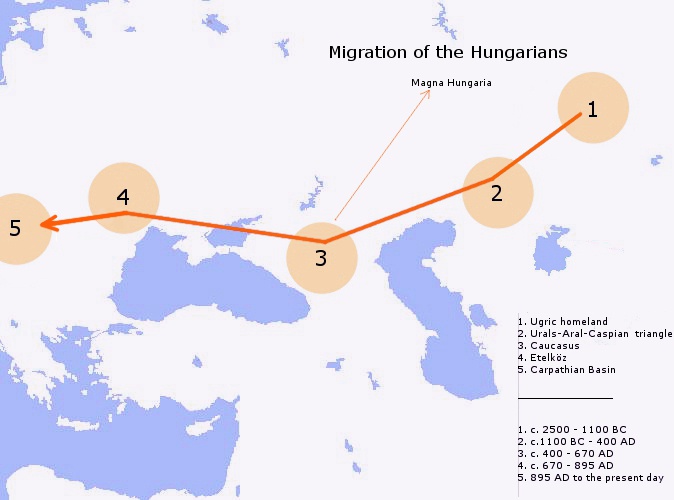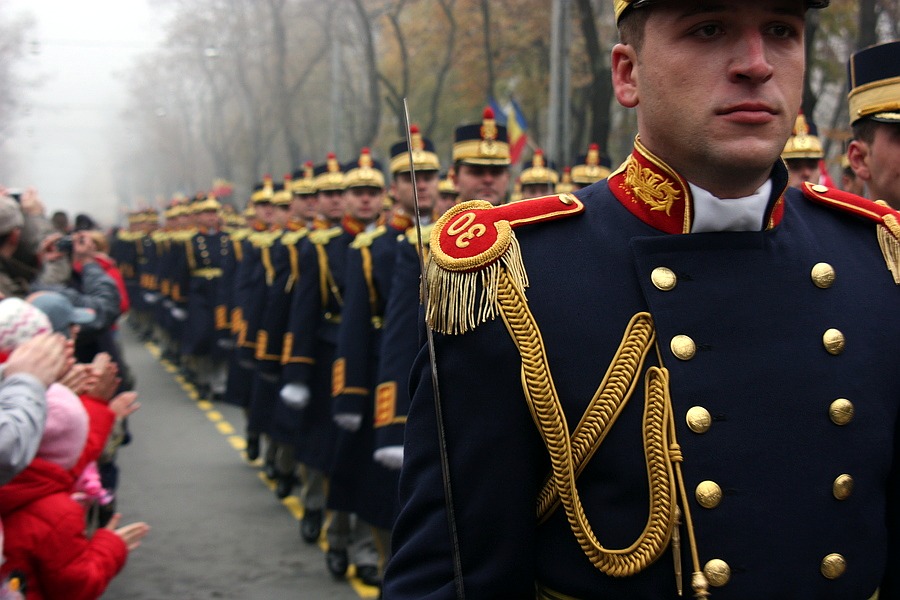|
Székely Autonomy Day
The Székely Autonomy Day (; ) is a day celebrated by the Székely ( Hungarian) minority of Romania. It is celebrated every last Sunday of October. On it, candles, torches and fires are lit on Székely cities, villages and settlements to demand the autonomy of Székely Land within Romania. The Székely Autonomy Day was first celebrated on 2015. The next year, the Szekler National Council announced that the day would be celebrated on every last Sunday of October. The holiday has also been celebrated in Hungary. See also *Public holidays in Romania * Székely Freedom Day *Hungarians in Romania References {{Holiday-stub Day Day Day A day is the time rotation period, period of a full Earth's rotation, rotation of the Earth with respect to the Sun. On average, this is 24 hours (86,400 seconds). As a day passes at a given location it experiences morning, afternoon, evening, ... Annual events in Romania Autumn in Romania Observances in Romania October observances 2015 ... [...More Info...] [...Related Items...] OR: [Wikipedia] [Google] [Baidu] |
Romania
Romania is a country located at the crossroads of Central Europe, Central, Eastern Europe, Eastern and Southeast Europe. It borders Ukraine to the north and east, Hungary to the west, Serbia to the southwest, Bulgaria to the south, Moldova to the east, and the Black Sea to the southeast. It has a mainly continental climate, and an area of with a population of 19 million people. Romania is the List of European countries by area, twelfth-largest country in Europe and the List of European Union member states by population, sixth-most populous member state of the European Union. Europe's second-longest river, the Danube, empties into the Danube Delta in the southeast of the country. The Carpathian Mountains cross Romania from the north to the southwest and include Moldoveanu Peak, at an altitude of . Bucharest is the country's Bucharest metropolitan area, largest urban area and Economy of Romania, financial centre. Other major urban centers, urban areas include Cluj-Napoca, Timiș ... [...More Info...] [...Related Items...] OR: [Wikipedia] [Google] [Baidu] |
Hungarians In Romania
The Hungarian minority of Romania (, ; ) is the largest Minorities of Romania, ethnic minority in Romania. As per the 2021 Romanian census, 1,002,151 people (6% of respondents) declared themselves Hungarian, while 1,038,806 people (6.3% of respondents) stated that Hungarian language, Hungarian was their mother tongue. Most Hungarians, ethnic Hungarians of Romania live in areas that were parts of Hungary before the Treaty of Trianon of 1920. Encompassed in a region known as Transylvania, the most prominent of these areas is known generally as Székely Land (; ), where Hungarians comprise the majority of the population. Transylvania, in the larger sense, also includes the historic regions of Banat, Crișana and Maramureș. There are forty-one counties of Romania; Hungarians form a large majority of the population in the counties of Harghita County, Harghita (85.21%) and Covasna County, Covasna (73.74%), and a large percentage in Mureș County, Mureș (38.09%), Satu Mare Count ... [...More Info...] [...Related Items...] OR: [Wikipedia] [Google] [Baidu] |
Székelys
The Székelys (, Old Hungarian script, Székely runes: ), also referred to as Szeklers, are a Hungarians, Hungarian subgroup living mostly in the Székely Land in Romania. In addition to their native villages in Suceava County in Bukovina, a significant population descending from the Székelys of Bukovina currently lives in Tolna County, Tolna and Baranya County, Baranya counties in Hungary and certain districts of Vojvodina, Serbia. In the Middle Ages, the Székelys played a role in the defense of the Kingdom of Hungary#Middle Ages, Kingdom of Hungary against the Ottoman Empire, Ottomans in their posture as guards of the eastern border. With the Treaty of Trianon of 1920, Transylvania (including the Székely Land) became part of Romania, and the Székely population was a target of Romanianization efforts. In 1952, during the Socialist Republic of Romania, communist rule of Romania, the former counties with the highest concentration of Székely population – Mureș County#His ... [...More Info...] [...Related Items...] OR: [Wikipedia] [Google] [Baidu] |
Hungarians
Hungarians, also known as Magyars, are an Ethnicity, ethnic group native to Hungary (), who share a common Culture of Hungary, culture, Hungarian language, language and History of Hungary, history. They also have a notable presence in former parts of the Kingdom of Hungary. The Hungarian language belongs to the Ugric languages, Ugric branch of the Uralic languages, Uralic language family, alongside the Khanty languages, Khanty and Mansi languages, Mansi languages. There are an estimated 14.5 million ethnic Hungarians and their descendants worldwide, of whom 9.6 million live in today's Hungary. About 2 million Hungarians live in areas that were part of the Kingdom of Hungary before the Treaty of Trianon in 1920 and are now parts of Hungary's seven neighbouring countries, Hungarians in Slovakia, Slovakia, Hungarians in Ukraine, Ukraine, Hungarians in Romania, Romania, Hungarians in Serbia, Serbia, Hungarians of Croatia, Croatia, Prekmurje, Slovenia, and Hungarians in Austria, Aust ... [...More Info...] [...Related Items...] OR: [Wikipedia] [Google] [Baidu] |
Székely Autonomy Movement
The Székely Land (''Szeklerland'') is a historic and ethnographic region in Eastern Transylvania, in the center of Romania. The primary goal for the Hungarian political organisations in Romania is to achieve Székely autonomy. The Szeklers make up about half of the Hungarians in Romania and live in a compact ethnic bloc. According to official data from Romania's 2011 census, 609,033 persons in Mureș, Harghita, and Covasna counties consider themselves Hungarian (56.8% of total population of the three counties). The Székelys (Szeklers), a Hungarian sub-group, are mainly concentrated in these three counties. Political organizations The most important political organisation of ethnic Hungarians in Romania is the Democratic Alliance of Hungarians in Romania, which undertakes to represent all Hungarians in Romania (not only those living in the Székely Land). The demand for Hungarian autonomy has been part of their program since 1993. In 2014, the Hungarian Civic Party signe ... [...More Info...] [...Related Items...] OR: [Wikipedia] [Google] [Baidu] |
Székely Land
The Székely Land or Szeklerland (, , Old Hungarian script, Székely runes: 𐲥𐳋𐳓𐳉𐳗𐳌𐳞𐳖𐳇; and sometimes ; ; ) is a historic and ethnographic area in present-day Romania, inhabited mainly by Székelys, a subgroup of Hungarians. Its cultural centre is the city of Târgu Mureș (Marosvásárhely), the largest settlement in the region. Székelys (or Szeklers) live in the valleys and hills of the Eastern Carpathian Mountains, corresponding mostly to the present-day Harghita County, Harghita, Covasna County, Covasna, and parts of Mureș County, Mureș counties in Romania. Originally, the name ''Székely Land'' denoted the territories of a number of History of the Székely people, autonomous Székely seats within Transylvania. The self-governing Székely seats had their own administrative system, and existed as legal entities from medieval times until the 1870s. The privileges of the Székely and Transylvanian Saxons, Saxon Seat (territorial-administrative uni ... [...More Info...] [...Related Items...] OR: [Wikipedia] [Google] [Baidu] |
Szekler National Council
The Szekler National Council (, ; , ) is a NGO civic organization representing the Székelys of Romania. The organisation serves as a platform to promote Szekler autonomy. History The Council was founded on October 16, 2003. Its first president was József Csapó, who served until late 2006, when he resigned. Until the Council held a new presidential election in February 2008, in which Balázs Izsák emerged victorious, the president ''ad interim'' had been Imre Fodor, the former mayor of Târgu Mureş. Doctrine The Council wants to obtain self-government for the Székely Land, a historic region in Transylvania. It looks to the historical fact that the Székely Seats were the traditional self-governing territorial units of the Transylvanian Székelys during medieval times. (Saxons were also organised in Seats.) The Seats were not part of the traditional Hungarian county system, and their inhabitants enjoyed a higher level of freedom (especially until the 18th centu ... [...More Info...] [...Related Items...] OR: [Wikipedia] [Google] [Baidu] |
Hungary
Hungary is a landlocked country in Central Europe. Spanning much of the Pannonian Basin, Carpathian Basin, it is bordered by Slovakia to the north, Ukraine to the northeast, Romania to the east and southeast, Serbia to the south, Croatia and Slovenia to the southwest, and Austria to the west. Hungary lies within the drainage basin of the Danube, Danube River and is dominated by great lowland plains. It has a population of 9.6 million, consisting mostly of ethnic Hungarians, Hungarians (Magyars) and a significant Romani people in Hungary, Romani minority. Hungarian language, Hungarian is the Languages of Hungary, official language, and among Languages of Europe, the few in Europe outside the Indo-European languages, Indo-European family. Budapest is the country's capital and List of cities and towns of Hungary, largest city, and the dominant cultural and economic centre. Prior to the foundation of the Hungarian state, various peoples settled in the territory of present-day Hun ... [...More Info...] [...Related Items...] OR: [Wikipedia] [Google] [Baidu] |
Mandiner
Mandiner is a right-wing Hungarian group of news publications that includes the weekly news magazine Mandiner and the internet portals, mandiner.hu and Makronóm.mandiner (makronom.mandiner.hu), of which each publication has separate managements. They are published by Mandiner Press Kft, founded in 2017, and belong to the Central European Press and Media Foundation group (KESMA). Mandiner is a successor of a news publication run in the early 2000s by Fidelitas, the youth arm of the Hungarian national-conservative party Fidesz, which has been ruling Hungary since 2010. The printed weekly version has been published since 12 September 2019. 444.hu Affiliation Mandiner identifies itself as |
Public Holidays In Romania
The following is a list of public holidays in Romania. According to Romanian law, Romania had 15 public holidays as of 2011, which cover 14% of the days of the year in the country. Official non-working holidays Other working holidays and observances Traditional holidays – working observances See also * Public holidays in Moldova * Public holidays in Transnistria References External linksPublic holidays in Romania {{Public holidays in Europe Culture of Romania [...More Info...] [...Related Items...] OR: [Wikipedia] [Google] [Baidu] |
Székely Freedom Day
The Székely Freedom Day (, ; ) is a day celebrated by the Székely Hungarian minority of Romania. It is celebrated every 10 March in Târgu Mureș, but also in other parts of Székely Land and internationally. The holiday was created according to a decision of the Szekler National Council on 6 January 2012. The same council said that this day (10 March) was chosen to commemorate the execution of Mihály Gálffy, Károly Horváth and János Török in 1854 at Târgu Mureș. They were Székely revolutionaries who, after the defeat in 1848, reorganized in Bucharest but were later caught and executed by the Austrian Empire's authorities. There have been complaints as, on this day, there are often protests for the autonomy of the Székelys, which have caused conflicts between the protesters and the Romanian authorities. In addition, the holiday has been attended earlier as well by Hungarian far-right parties and groups such as Jobbik and the Sixty-Four Counties Youth Moveme ... [...More Info...] [...Related Items...] OR: [Wikipedia] [Google] [Baidu] |
Székely Symbols
Székely may refer to: *Székelys, Hungarian people from the historical region of Transylvania, Romania **Székely Land, historic and ethnographic area in Transylvania, Romania *Székely (village), a village in northeastern Hungary *Székely (surname) *Szekely Aircraft Engine * György Dózsa György Dózsa (or ''György Székely'', Romanian: ''Gheorghe Doja''; – 20 July 1514) was a Székely man-at-arms from Transylvania, Kingdom of Hungary who led a peasants' revolt against the kingdom's landed nobility during the reign ..., also referred to as György Székely See also * Secuieni (other) (a term linked to the Székelys in Romanian) {{DEFAULTSORT:Szekely ... [...More Info...] [...Related Items...] OR: [Wikipedia] [Google] [Baidu] |



